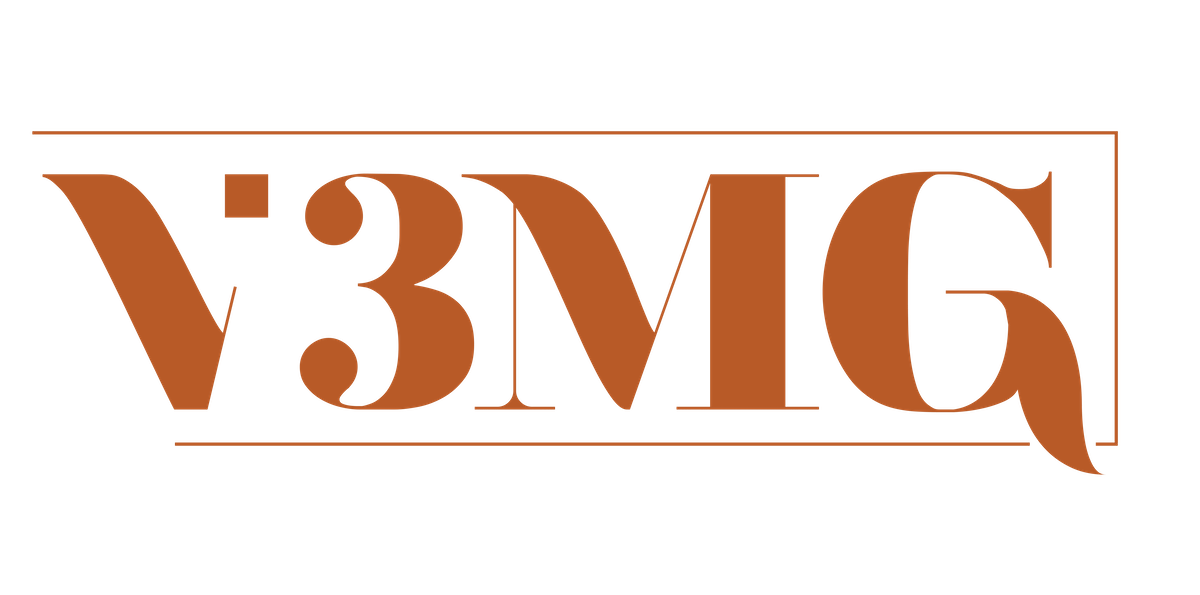A website that is pretty to look at, but doesn’t encourage the user to do something, is rarely effective. Almost every website is trying to communicate some product, service, or function that administrators want their users to engage with. Even if you aren’t an e-commerce website or store, or your site is more of a personal resume or portfolio, you’re still trying to get the user to go deeper into the site.
This idea of user engagement is spurred forward by good “call-to-action.” CTA is typically implemented with buttons, or highlighted fields to draw a user’s eye to a specific part of the page. Take SafeSpray Pest Control or Emma Jane Designs as examples. The black background of the SafeSpray makes the green call to action stand out against the dark colors. It’s almost looks like it’s been highlighted by hand. EJD has a website with very sharp contrasts, making her black CTAs obvious and easy to find. By keeping the design of your website clean you will be able to easily direct the user to your desired CTA.
Do you want your website users to call you? Purchase a product? Book a reservation? Make sure that the design isn’t distracting your users from the avenues through which they can do those things. Keep your designs clean.
So, what do you do?
The Nitty Gritty
Check out this short video from MainStreetHouse that gives you a little insight into getting users from point A to point B via good call-to-action.
Buttons are the easiest method to implement. However, they aren’t the only variation of CTA that is effective. CSS3, Javascript, and jQuery animation/motions are also fun, engaging ways to draw the user’s eye to your desired location. Certain websites have delayed animation on text or images that your eye is naturally drawn to while on the page. Many sites run similar strategies with video background as well. Any sort of movement juxtaposed against a static website will help draw the user’s eye.
However, the tendency will become to give everything motion and bold colors. This will bring your design back to the early 90s as far as busy-ness and clutter is concerned. Motion and bold colors only work when they are paired with the opposite – stationary sections and muted tones. You certainly don’t want your website to end up like the “worst website in the world.” It actually looks like something you expect to see on an old billboard. Certainly not how you would want to represent your business.
When building out your CTA, you can use the aforementioned styles to get the user’s to notice it, but you still have to accurately incentivize the user to make the click. This is the whole battle between impressions and clicks: getting someone to see your message is good, but engaging them into it is exponentially better.
If you have content you don’t necessarily want to promote, but need users to have easy access to it (think the About Us page, or Terms and Conditions), then you may want to implement good call-to-action design, but with poor communication. These sections would have a button or title labeled “Learn More,” or “See More,” or something like that. CTA with that kind of text doesn’t actually incentivize the user to go deeper.
Instead, when you’re thinking of your communicative text for your CTA, use a strategy that explains what the user will do when the button is clicked, and then also encourages the user to do so. A good example of this would be a well-designed button that says “Get a Free Consultation,” or “Request For Proposal,” as opposed to “Get Started.” Not only does this text more accurately describe where the user is going, but it adds anchor text to a link to that page. This method will increase the search engine credibility of the linked-to page simply by having links with descriptive text sent to it.
The Point
Clean design includes good call-to-action. A website that doesn’t engage a user is almost as ineffective as not having a website at all. Make sure that your site is functioning properly for your users by measuring the interactions in analytics – exit pages, bounce rate, and the like.
Are you a business looking for more information on website design, SEO, or development? Contact V3 Media Group!
